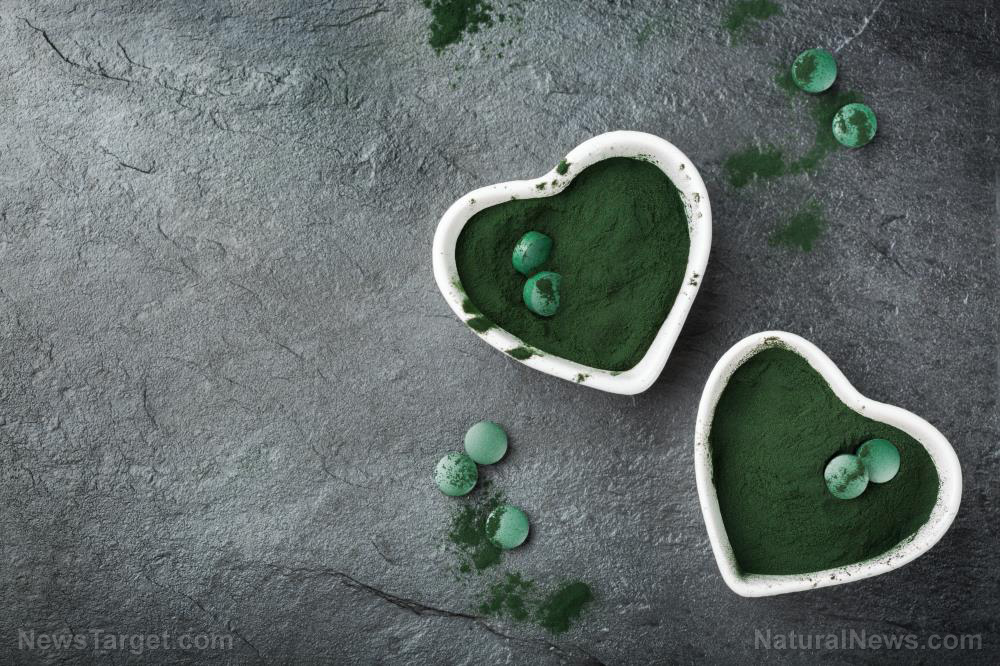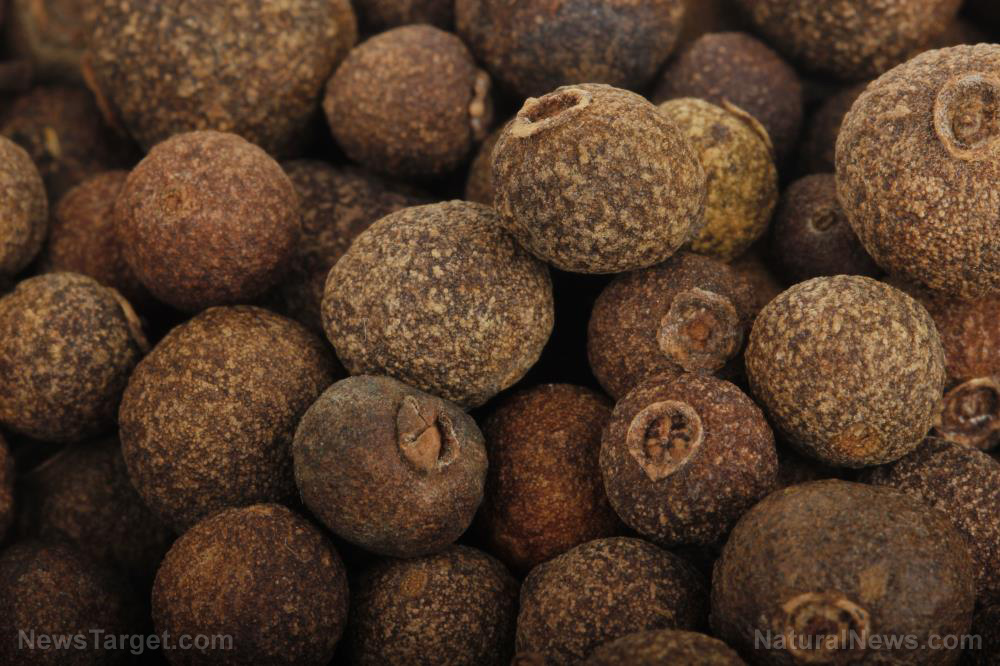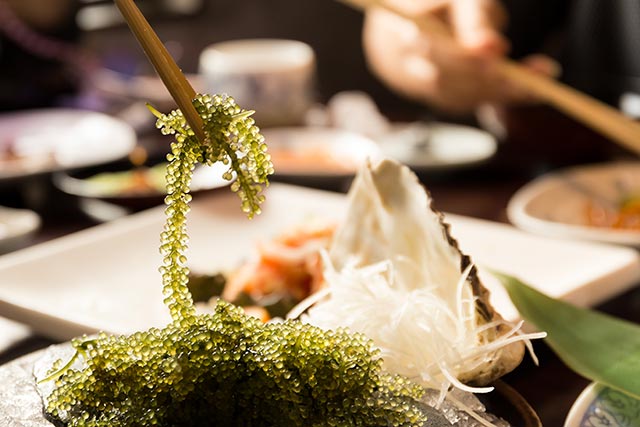
Treating high blood pressure can be challenging, but now it looks like one superfood in particular could provide a very promising answer to this all-too-common problem. Spirulina, a superfood that comes from algae, has shown the ability to relax arteries in lab studies.
Often described as one of the world’s most complete food sources given its content of antioxidants, iron, protein, magnesium, potassium and other minerals, counteracting hypertension could be its crowning achievement.
In the study, Italian researchers simulated the effects of digesting this algae, reproducing what occurs in the human gut when people eat it. They found that spirulina caused arteries to relax, which raises the amount of blood that can be pumped in one motion and, by extension, reducing blood pressure.
In fact, the study’s authors discovered a previously unknown molecule in spirulina, SP6, in their study. When it was given to mice with high blood pressure, SP6 reduced their blood pressure. A similar effect was seen in animal models of hypertension. The scientists believe it has this effect by stimulating the body to release nitric oxide.
Professor Carmine Vecchione of the University of Salerno said: "SP6 could be a natural adjuvant to common pharmacological therapies in order to improve endothelial function and, consequently, combat hypertension."
What is spirulina, and where can you get it?
Spirulina was originally considered a plant but has been reclassified to a bacteria; it’s actually the dried biomass of a species of cyanobacteria commonly known as blue-green algae. The substance that gives it its powerful antioxidant capacity, phycocyanin, is also behind its unmistakable color. Its history goes back to ancient Africa and the Aztecs, and it was historically harvested form lakes and ponds and turned into “cakes.”
Spirulina grows in conditions that many other water-dwelling organisms would find inhospitable. It is usually grown in natural lakes and then collected and sun-dried or freeze-dried.
It got a lot of attention in the 1980s when a NASA report identified it as having the potential to be grown in space for use by astronauts; astronauts already use it on missions. The U.N., meanwhile, has endorsed using spirulina for kids who are malnourished as well as patients with HIV or AIDS on account of its ability to affordably correct nutritional deficiencies.
In addition to its effects on blood pressure, it also has anti-inflammatory properties and can help control blood glucose and lipids. In one study, people with high cholesterol were given a gram of spirulina every day. On average, this lowered their triglycerides by more than 16 percent while reducing their LDL, or bad cholesterol, by 10 percent.
It also has anticancer effects, reducing the occurrence of cancer and the size of tumor cells in animals. It has been shown to reduce pre-cancerous mouth lesions in humans; the lesions actually returned when participants in a study stopped taking spirulina.
If you’d like to get the blood pressure-lowering benefits for yourself, you can get spirulina supplements, which usually come in powder or tablet forms, as it’s not naturally present in any foods. Powders are ideal as they tend to be more absorbable by the body and can easily be mixed into drinks; many people use it in smoothies.
One caveat, however: You need to ensure you get your spirulina from a trusted source. While this is important with all types of supplements, it’s especially vital when it comes to spirulina as contaminated supplements can be extremely dangerous; the type grown in unsafe conditions can contain harmful bacteria and toxic metals. Avoid spirulina from China; opt for the Hawaiian variety of spirulina if you can, and make sure your supplier is reputable and has tests to back up safety claims.
Sources include:
Please contact us for more information.























